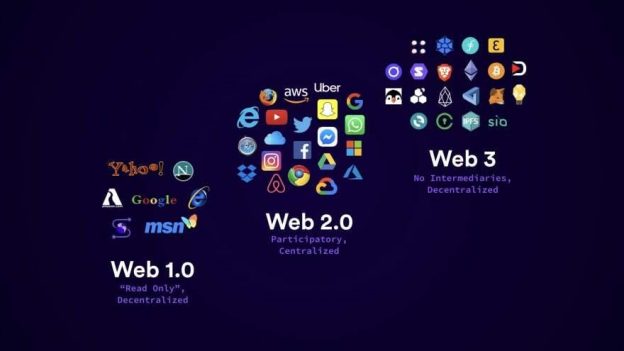Web 2.0 refers to the second generation of the World Wide Web, which began around the early 2000s. It is characterized by an emphasis on user-generated content, collaboration, and social networking. The term “Web 2.0” was coined by Tim O’Reilly in 2004 and has since become a widely recognized term in the tech industry.
Some of the key features of Web 2.0 include:
- Social networking: Web 2.0 platforms often incorporate social networking features that allow users to connect and interact with each other.
- User-generated content: Web 2.0 sites are typically designed to enable users to contribute content, such as blog posts, photos, videos, and reviews.
- Collaboration: Web 2.0 sites often facilitate collaboration among users, enabling them to work together on projects and share information.
- Rich user interfaces: Web 2.0 sites often have rich and dynamic user interfaces that make use of technologies like AJAX to provide a more interactive experience.
- APIs: Web 2.0 platforms often provide APIs (Application Programming Interfaces) that allow developers to build applications that can interact with the platform’s data and services.
Examples of Web 2.0 platforms include social networking sites like Facebook and LinkedIn, blogging platforms like WordPress and Tumblr, and media-sharing sites like YouTube and Flickr.
Pros and Cons of Web 2.0 are:-
Web 2.0 has several advantages and disadvantages. Here are some of the most significant pros and cons:
Web 2.0 Advantages:
- User-generated content: Web 2.0 platforms enable users to create and share content, allowing for a more diverse range of perspectives and opinions to be expressed.
- Collaboration: Web 2.0 platforms facilitate collaboration and communication, enabling individuals and groups to work together on projects, share information and knowledge, and develop new ideas.
- Social networking: Web 2.0 platforms provide opportunities for social networking, enabling individuals to connect with others who share similar interests, hobbies, and beliefs.
- Accessible: Web 2.0 sites are generally accessible to anyone with an internet connection, making it easier for people to connect with others and access information.
- Improved User Experience: Web 2.0 sites have improved user interfaces, offering a more interactive and engaging experience for users.
Also: Pros and Cons of Brave Web Browser
Web 2.0 Disadvantages:
- Information Overload: With the abundance of user-generated content, it can be challenging to navigate and find relevant information, leading to information overload.
- Privacy Concerns: Web 2.0 platforms collect vast amounts of personal data, raising privacy concerns about how this data is used and shared.
- Security Risks: Web 2.0 platforms are also susceptible to security risks such as hacking, phishing, and malware attacks, potentially compromising user data and privacy.
- Dependence: Web 2.0 platforms have become integral to many aspects of our lives, leading to concerns about our dependence on them and the consequences of a potential failure.
- Misinformation: With the ease of creating and sharing content, Web 2.0 platforms can also facilitate the spread of misinformation and fake news, potentially harming individuals and society.
Overall, Web 2.0 has significantly impacted the way we interact with information and each other online. While it offers many advantages, it also presents several challenges that must be addressed.
